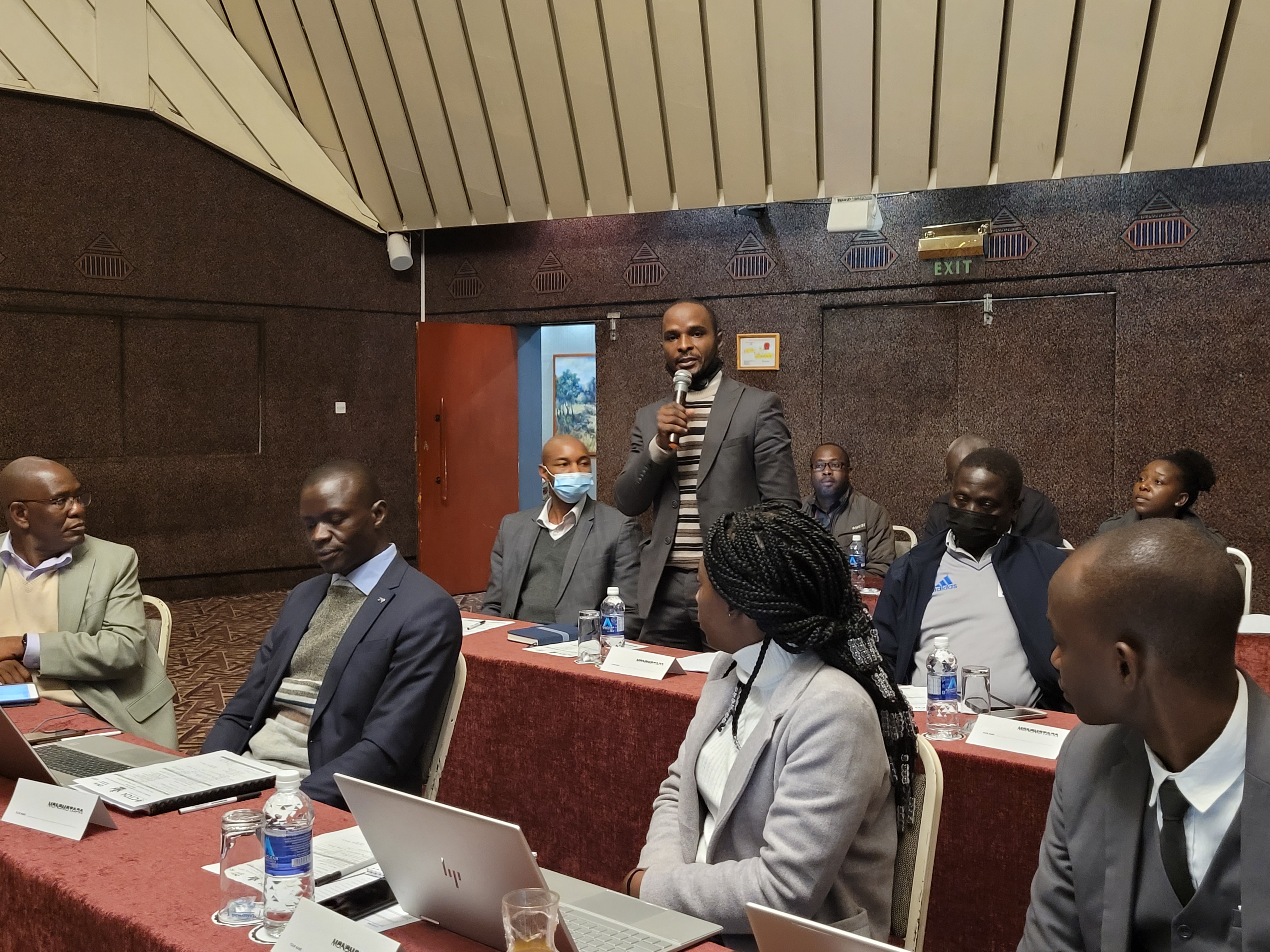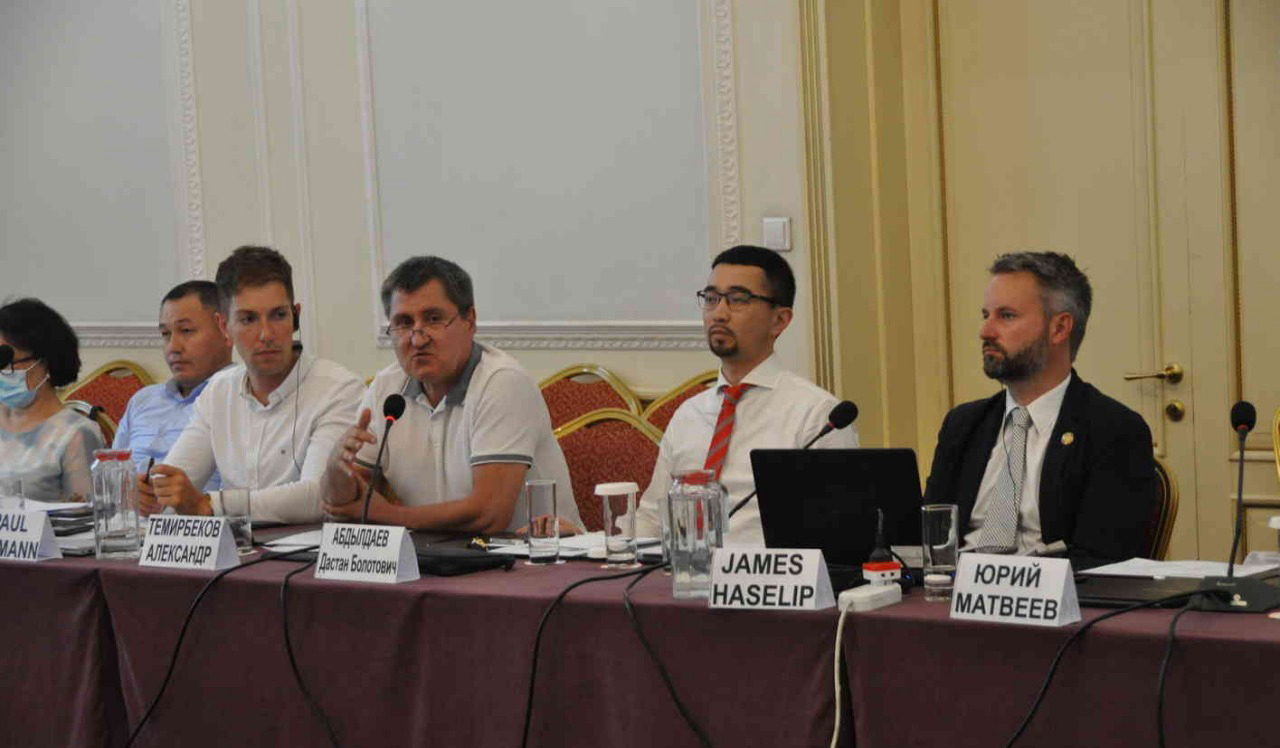New research from UNEP Copenhagen Climate Centre dives deeper into the role of development assistance (ODA) flows in climate mitigation and adaptation technologies.
In a new policy brief, the research highlights the climate technology needs of developing countries, as collated through technology needs assessments, and tracks the development finance resources channeled to climate technologies, to conduct analysis and reveal shared insights.
Looking at the specific bottlenecks that constrain the transfer of climate technologies, and how international support can enable it, the research highlights the role that development co-operation and development finance plays, and can play going forward.
The policy brief suggests priorities for development co-operation to enable future action on climate-related technology transfer.
Download the Technology Transfer for Climate Mitigation and Adaptation policy brief here.
Progress on climate technology
UNEP-CCC recently launched the Climate Technology Progress Report aimed at gaining a better understanding into the progress made in climate technology development and transfer, along the dimensions of feasibility and the enabling environment, along with preliminary insights into trends, gaps, and future policy directions.
The Climate Technology Progress Report highlights the importance of financial interventions not only to compensate viability gaps, but to help resolve market failure and contribute to market creation for climate mitigation and adaptation technologies. The CTPR report examined the availability of public financial resources for climate technologies, along with the role of financial sector broadly in mobilizing resources.
Building on this, the UNEP-Copenhagen Climate Centre in collaboration with the OECD-Development Cooperation Directorate, developed the Technology Transfer for Climate Mitigation and Adaptation policy brief to provide granular data on the prioritized mitigation and adaptation technologies, the level of technological maturity across sectors and technologies, climate-related development financial flows for technology transfer, and disaggregated flows by sectors.


